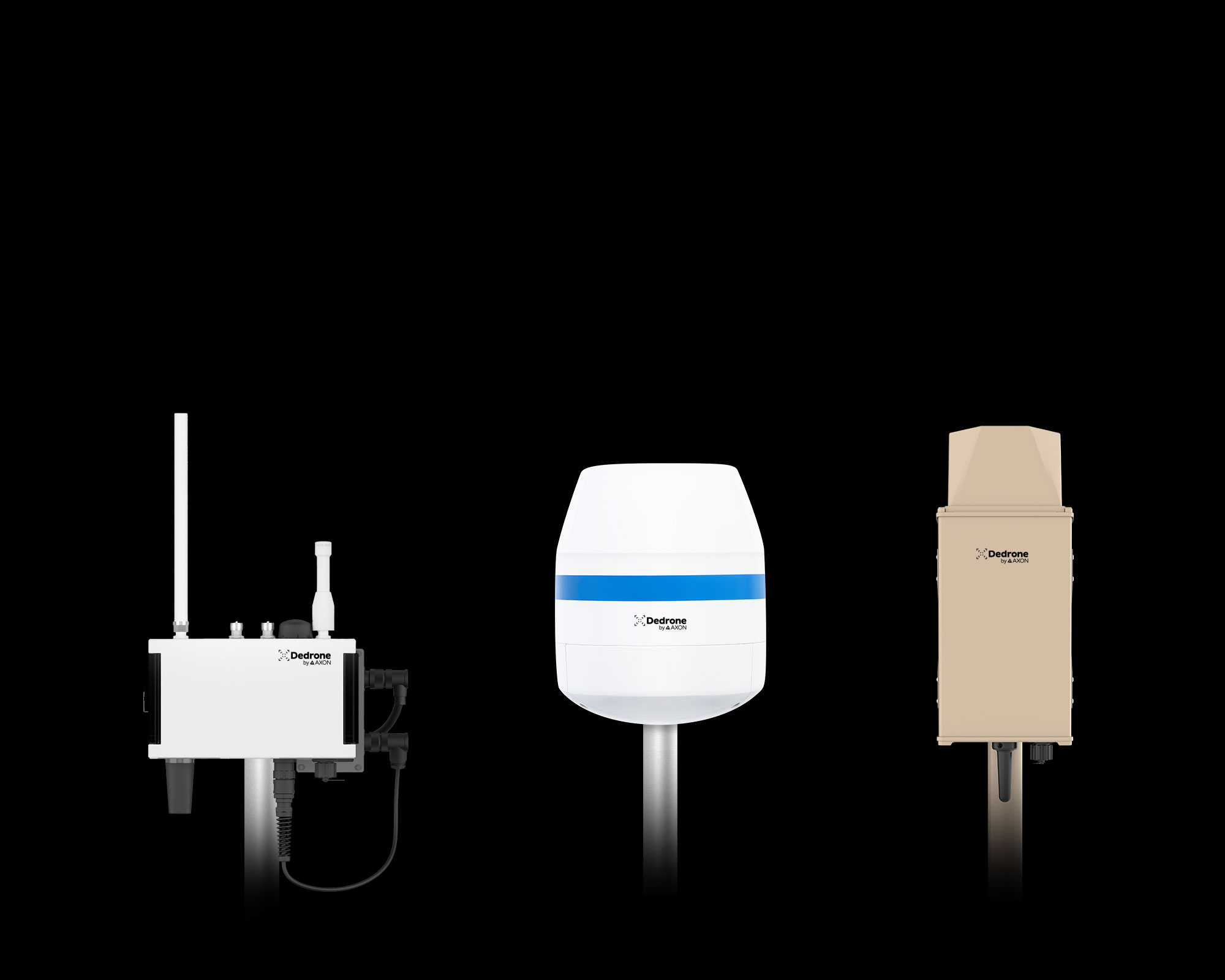
Almost all freely available drones use radio signals. On the one hand, they receive commands from the remote control, on the other hand they send data such as video images or telemetry, e.g. position or remaining battery power, to the remote control.
The market-leading radio frequency (RF) DedroneSensors receive and analyze these signals and are able not only to reliably detect drones, but also to classify them - i.e. identify the manufacturer and/or model - and locate them. This applies to almost all commercial, hobby and home-made drones and the entire DJI product line.

In this methodology, one sensor can be used to determine the direction of the drone and multiple sensors can be leveraged to calculate the exact position of the drone based on triangulation from multiple direction sensing sensors.
Measures difference in time of arrival between several sensors. TDoA depends on the distance between the drone and sensors.